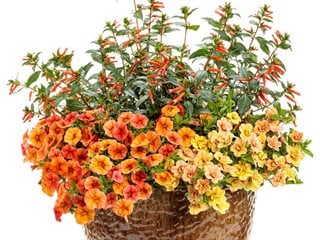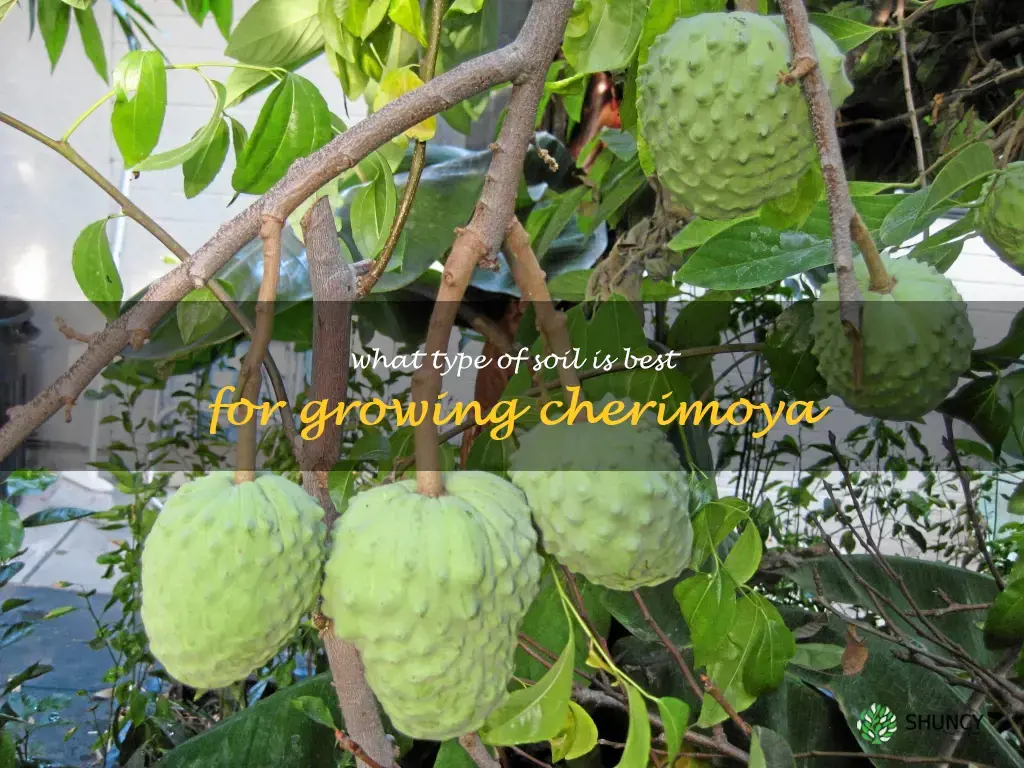Bedding Plants Unveiled: Your Complete Guide to Vibrant Garden Joy
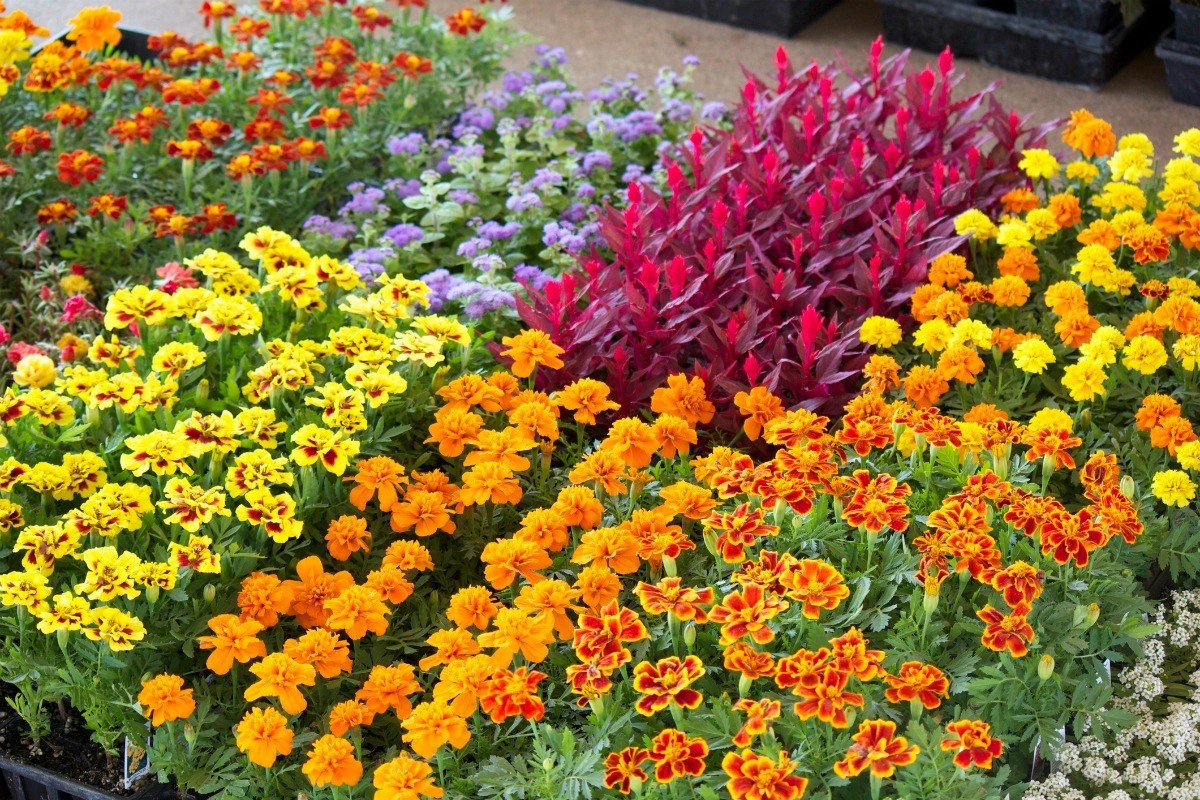
Bedding Plants Masterclass: From Blank Beds to Expert Displays—Your Complete Guide
Let’s be honest: most advice about bedding plants sounds like it was written by someone who’s never scraped mud from their boots at dusk, or stared in disbelief at a once-vivid petunia bed reduced to limp, yellow mush after a summer storm. I’ve been there. Over the last decade—through trial, error, and more than one embarrassing “flop”—I’ve come to view bedding plants as both the quickest win and the trickiest puzzle in ornamental gardening.
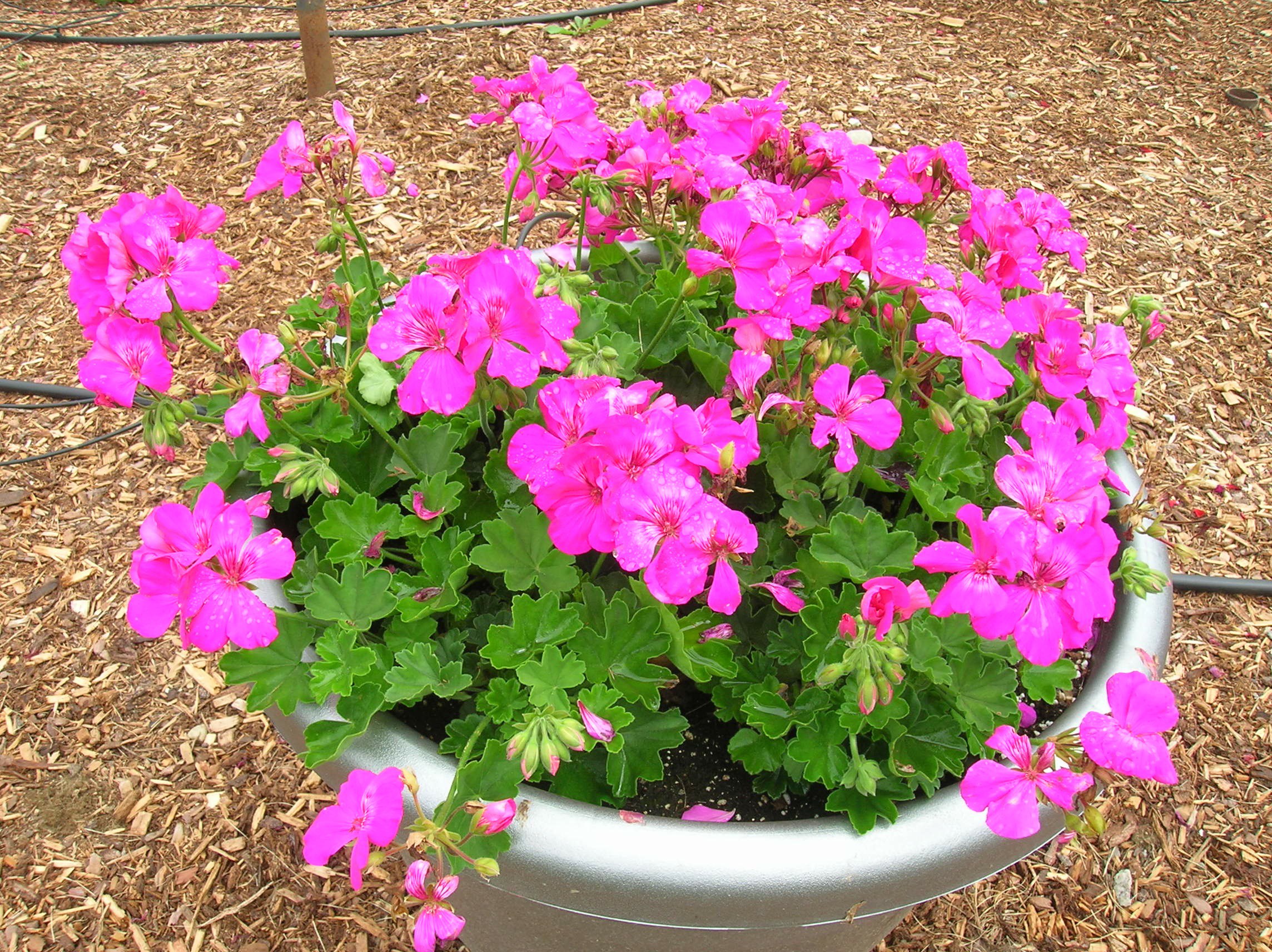
This isn’t another basic how-to list. Consider this your hands-on master class, built on personal missteps, hard-won insights, and field-tested solutions. Whether you’re planting your very first window box or aiming for professional-level wow-factor with beds that neighbors can’t stop talking about, you’ll find something here that goes well beyond the usual tips.
1. Bedding Plants Unmasked: Foundation Knowledge
What Are Bedding Plants Really?
Forget textbook definitions for a moment. To me, bedding plants are seasonal problem-solvers—a gardener’s toolkit for instant drama and color where nothing else wants to grow fast enough or bold enough.
- The Real-World Translation: If you want an area transformed in weeks (not years), you use bedding plants.
- Sensory Snapshot: Picture running your hand over soil still cool from last night’s rain, then pressing in a plug of marigold and watching it double in size before July 4th.
Failed First Attempt Confession: My first try? I stuffed every cell tray into an overfed soil patch and ended up with tangled chaos; half bloomed at ankle height while the rest collapsed from mildew. It was less Monet, more mop-up operation.
Historical Twist
Back in Victorian England—think 1870s—the elite hired entire crews to swap out intricate carpet-bedding patterns every season (the horticultural equivalent of changing wallpaper monthly). Today, we chase impact without needing butlers or footmen—with smarter plant choices and design tricks instead.
2. Types & Tactics: Choosing Your Players With Precision
Decoding Plant Categories—And Why It Matters
Every year I test new varieties next to old standbys, but here’s what years of trial taught me:
Annuals
- The Sprinters
- Example: Petunias (‘Wave’ series holds up even through heavy rain), Zinnias (Benary's Giant for cut flowers)
- Insider Trick: Deadhead weekly for a second flush—don’t skip this step!
Biennials
- The Slow Burners
- Example: Wallflowers (Erysimum cheiri) are my go-to for bridging the “spring gap” after bulbs fade but before summer annuals peak.
- Unexpected Lesson: Start them late summer/early fall for real success; direct sowing rarely works as well as plug planting here.
Short-Lived Perennials Used as Annuals
- The Workhorses
- Example: Begonia semperflorens (try ‘Dragon Wing’ if you want tropical vibes).
- Counterintuitive Insight: These thrive when slightly rootbound—I learned this after losing dozens to over-potting early on.
| Category | Best For | Pro Tip |
|---|---|---|
| Petunia | Full sun beds | Water at soil level to prevent rot |
| Begonia | Shade containers | Mix slow-release feed into compost |
| Marigold | Pest control borders | Interplant with tomatoes/veggies |
| Lobelia | Edging/hanging pots | Pinch back mid-June for fullness |
2019 Experiment: Mixed orange calendula seeds with blue lobelia along my fence line—by midsummer bees had set up their own commuter route along that border!
3. The Beginner Blueprint: Bedding Success Step-by-Step
Step 1: Diagnose Your Growing Conditions Like an Expert
Skip the guesswork:
- Photograph your bed/container morning/noon/evening.
- Use your phone compass app—north-facing = shade lovers; south-facing = sun worshippers.
- Test drainage: dig a hole, fill with water; if it pools after two hours, amend immediately (I mix in sharp sand + leaf mold).
Step 2: Shop Smart (Not Fast)
Don’t grab whatever is blooming prettiest in-store:
- Ask what variety lasts through local heat waves or late frosts (hint: local nurseries know which strain of pansy shrugs off sleet vs which melts overnight).
- Check root health—white roots = healthy starter; brown/sparse means stunted growth later.
Step 3: Soil Prep Is Everything
If you skip this step…get ready for disappointment.
- Turn over soil to one spade depth.
- Incorporate at least two inches of organic matter; mushroom compost is magic if available locally ($8/bag covers ~10 sq ft).
- Pre-mix granular balanced feed—slow-release is less work long-term than liquid feeds alone.
Personal note: After switching from generic potting mix to peat-free + extra perlite blend in containers last year? My impatiens resisted root rot all season even during record July rains.
Step 4: Dry Run Layout
Here’s where things usually go wrong:
- Lay out all pots/plugs before digging holes.
- Stand back—a friend once said “Squint! If anything looks off-balance blurry now it’ll look worse grown-in.”
Step 5: Planting Day Techniques That Pros Use
- Always water plugs deeply before removing from trays so roots slide out whole.
- Tease apart circling roots gently (don’t pull!); if badly congested slice vertically down sides with a knife.
- Plant so top of rootball matches finished soil surface—not below.
- Firm but don’t stomp down!
- Water using a rose-head watering can for gentle soak.
4. Mistake-Proofing Your Plantings: Lessons From Failure
These five rookie errors cost me time—and armfuls of blooms—in my early seasons:
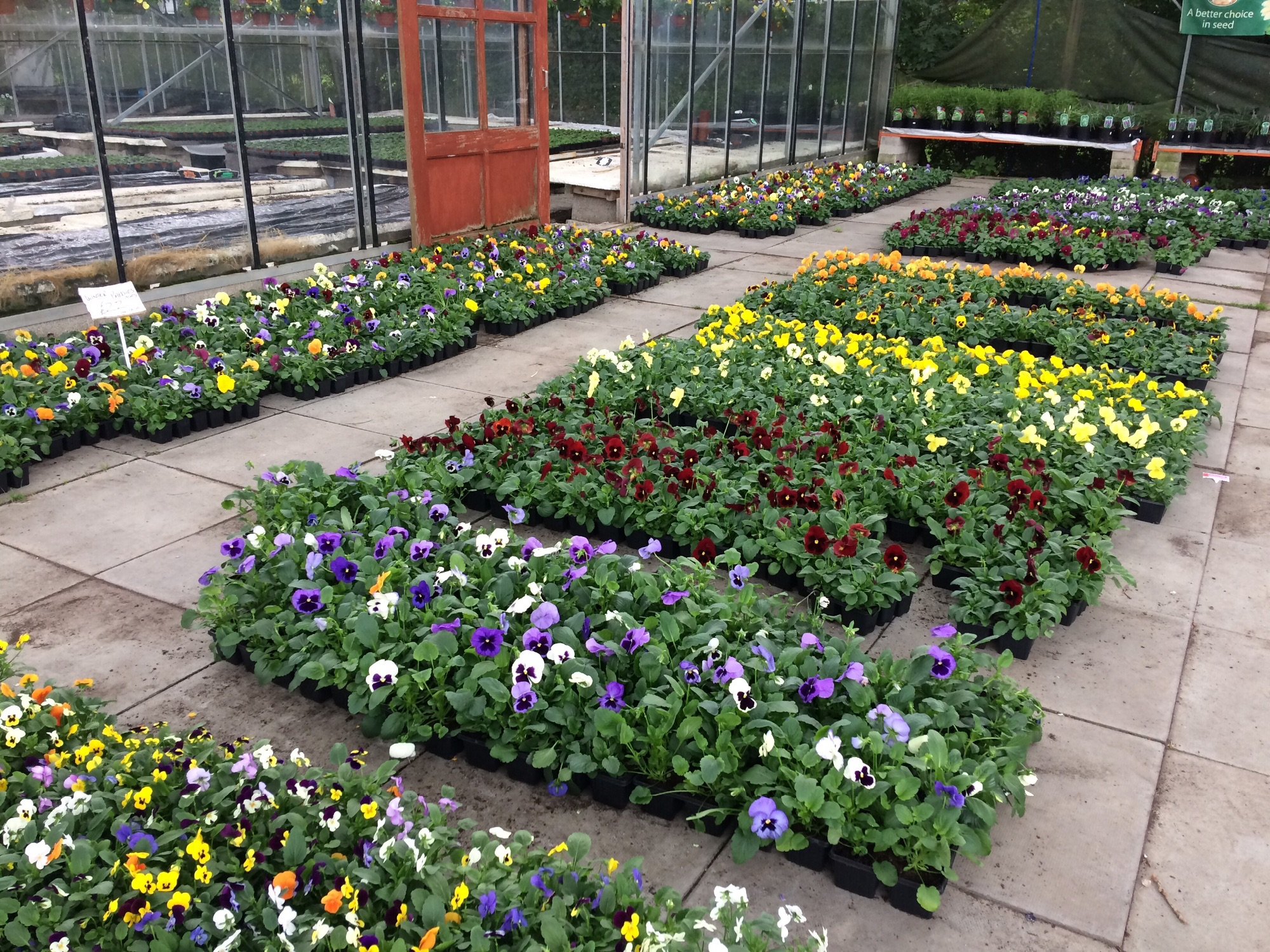
-
Right Plant/Wrong Place: Once tried growing cosmos in deep shade behind my shed—they grew six feet tall and produced exactly zero flowers.
- Solution: Label-check religiously + use garden tracker apps like Planter or Gardenize to log sun/shade zones each season.
-
Overcrowding Temptation: You want instant fullness—but mildew thrives when air can’t circulate!
- Solution: Stick chopsticks between young plants as spacers until they fill out naturally by week four.
-
Watering Woes: Overwatering kills faster than drought most years (“wet feet” = fungal disaster).
- Test: Insert finger two inches down; moist? Wait another day before watering again.
-
Neglecting Deadheading/Feeding: My busiest summers were always my most disappointing flowerwise until I put weekly calendar reminders (“Feed & Snip Friday”) on my phone.
-
Ignoring Crop Rotation: Same family same spot means pests/disease build up year-on-year—it took three years of limp petunias before I realized nematodes had settled in permanently under one bed!
- Solution: Rotate plant families yearly (i.e., switch from solanaceae [petunia] to compositae [marigold]).
5. Advanced Approaches – Raising Your Game
Once basics are solid, these next-level tactics will make even veteran gardeners take notice:
Succession Planting Strategy
Plan your display like a relay race:
- Early spring = pansies/primroses.
- Late spring/summer swap-in: zinnias/marigolds/celosia started indoors six weeks prior.
- Autumn switch-up: violas/cyclamen ready behind the scenes mid-August so transition is seamless—not bare dirt between acts!
Pro move: Grow seedlings under LED panels ($40 investment) starting February—you’ll have pro-quality plugs ready ahead of local garden centers.
Color Theory That Gets Results
Professional designers don’t wing color mixes:
- Pick a base color theme per bed (e.g., fiery oranges/yellows near walkways).
- Use silver foliage plants like dusty miller as visual “rest stops” between brights—which also reflect moonlight beautifully on summer evenings!
- For high contrast impact? Pair opposites like purple alyssum with golden bidens—you’ll get more compliments than any monochrome combo ever earned me!
Wildlife-Friendly Tweaks
Double-flowered annuals may look lush but offer bees little reward—instead:
- Prioritize single-flowered cosmos/calendula/zinnia cultivars (‘Sensation’, ‘Indian Prince’, ‘Profusion Cherry’)
- Add flowering herbs among bedding rows (sage/chives)—great scent plus pollinator appeal!
Sustainable Practice Shift
Ditch disposable plastic flats wherever possible:
- Invest once in sturdy seed trays ($15–20/set) and sanitize thoroughly each season with vinegar/water solution.
- Compost all spent bedding annually—mine goes right back onto shrub borders improving tilth each winter cycle.
6. Tools & Resources – The Essential Arsenal
You don’t need everything sold at the garden center—but these make life easier:
My non-negotiables
| Tool | Why You Need It |
|---|---|
| Stainless trowel | Won't bend digging compacted soils ($12–$25) |
| Soft head watering can | Gentle on sprouts/prevents washouts |
| Quality gloves | Save knuckles among rose thorns |
| Pruning snips | Makes deadheading quick/painless |
Nice extras
Kneeling pad ($10–15 saves knees!), seed tray propagator w/ adjustable vent lids (ideal germination), digital moisture meter ($15 prevents overwatering disasters).
Go-To Suppliers & Inspiration Sources
Local nursery staff will tell you what survived last winter’s polar vortex—or which cultivars fizzled during that July heat dome no catalog reviews mention!
For visual inspiration—I rely on Instagram accounts like @arthurparkinson_, books such as “The Flower Yard,” plus RHS.org.uk plant finder tools when planning new combos.
7. Case Studies – Real Gardens Solving Real Problems
Case Study One – The Dull Front Walk Makeover
Three years ago my neighbor Sam came over almost apologetic about her entryway—all cracked concrete and weedy strips on either side.
We measured together (~12 feet total), mapped sunlight patterns (“full blast noon sun”), picked Surfinia petunias + French marigolds + silver-leaf dusty miller fillers based on durability vs drought AND curb appeal factor.
Laid out alternating color blocks zig-zag style rather than straight lines—a trick learned from public park displays visually widens narrow spaces!
By six weeks she was getting spontaneous compliments…and has since added solar path lights so those silvers gleam after dark too.
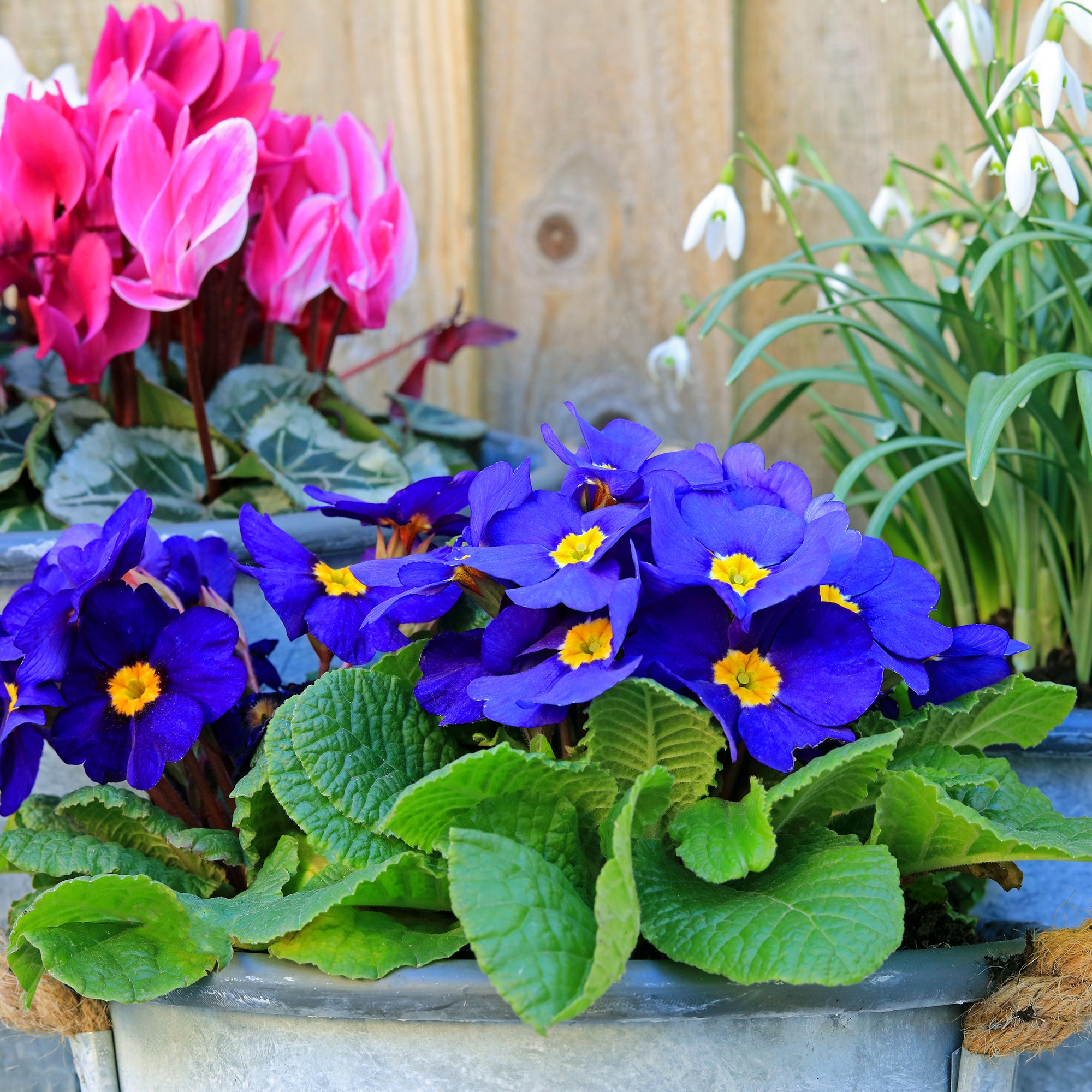
Case Study Two – Pollinator Paradise Balcony
My own tiny city balcony went from uninspiring concrete slab to wildlife hotspot by swapping generic geraniums for three trough planters filled with peat-free compost + moisture gel crystals topped off by direct-sown calendula ‘Indian Prince’, cosmos ‘Purity’, trailing blue lobelia—all chosen specifically because they thrive even when forgetful watering happens mid-week! By July bees buzzed daily—and cut flowers lasted twice as long indoors compared to supermarket bouquets.
Quick-fire example fixes:
Shady patch flop? Tried New Guinea impatiens paired with ferns last summer—the result was unexpectedly lush “rainforest corner.”
Kids bored by plain beds? Let them pick nasturtium seeds by packet color—even picky eaters devoured salads topped with edible petals come lunchtime!
8. Troubleshooting Guide – Field-Tested Fixes For Common Fails
Wilting Despite Water?
Usually not thirst but poor drainage/root rot OR vine weevil larvae gnawing unseen below ground level!
Immediate check: Gently lift one struggling plant; white firm roots good / black mushy roots bad / wriggling grubs worst case scenario—act fast by replanting into amended soil or containers if possible!
Yellow Leaves Mystery
Commonest cause is nutrient deficiency mid-season—or iron shortage especially visible on petunias/calibrachoa leaves turning pale between veins.
Fix: Liquid feed every fortnight during peak growth phase works wonders—I prefer Neudorff organic tomato food diluted half-strength for ornamentals too ($15/liter lasts all season).
Powdery Mildew Outbreak?
First time I saw white fuzz spreading across zinnia leaves I panicked—but simply thinning overcrowded stems improved airflow enough that future outbreaks stayed minor instead of catastrophic!
Action: Remove worst-hit leaves immediately; avoid overhead evening watering whenever possible especially during humid spells.
Exuberant Growth But No Blooms
Usually excess nitrogen fertilizer OR insufficient light exposure causes lush green growth minus flowers.
Solution: Switch feed regime toward potassium-rich mixes (“tomato food” again!) and relocate containers if necessary for more direct sun hours per day (>6 ideal).
Still stuck? Snap photos—share on forums/local groups where others have probably solved identical issues already! Don’t hesitate; gardeners love problem-solving together more than bragging about perfect results anyway…
9. Action Plan Checklist – From Idea To Flower-Filled Reality In Four Weeks
Week One
- Map out bed/container size + sun/shade pattern using phone camera & notes app
- List must-have colors/textures based on chart above
- Source seeds/plugs locally—avoid mail-order risk unless reputable supplier known

Week Two
4) Prep site deeply: remove weeds/debris/add compost/mulch layer
5) Test layout dry-run with pots/plugs laid atop soil
Plant Out
6) Settle new plants firmly/water generously day-of
Weeks Three+
7) Set repeating calendar reminders for feeding/deadheading/check-ins
8) Snap weekly progress pics—the best motivator when comparing year-on-year improvements
End Of Season
9) Pull annuals/gently clear debris/compost healthy remains
10) Jot notes/thoughts while memories fresh—plan tweaks/enhancements now not next May!
Stick close to this rhythm—and not only does confidence build fast but so do personal victories worth celebrating each season (“Remember when slugs ate everything…until we switched mulch types?”).
10. Next-Level Growth Mindset – Keep Evolving As A Gardener
Every display fades eventually—but what matters most is how much skill and satisfaction you carry forward year-to-year:
- Visit public gardens regularly—not just for pretty views but steal layout/color tricks unapologetically!
- Try one experimental variety each season—even flops teach lessons catalogs never mention
- Share wins AND fails online/local club meets—the feedback loop accelerates learning tenfold
- Each autumn review photo journals/notebooks; plan upgrades now not next spring rush
Treat every planting scheme as temporary art—that way no pressure attaches itself if things don’t turn out perfect first go-round AND there’s always freedom (and excitement!) built into next attempt…
If there’s one thing experience has taught me above all else—it’s that bedding plant mastery grows not just stunning displays…but resilient problem-solvers too! Dirt under nails beats perfection every single time around here—and soon enough friends will be asking YOU how you made it look so easy…
So roll up those sleeves—you’re building something beautiful outside your door starting right now!
(Final tip from experience: keep an old pair of sneakers handy just for “one quick check” outside…because five minutes often turns into an hour lost among flowers—and honestly nothing could be better.)


